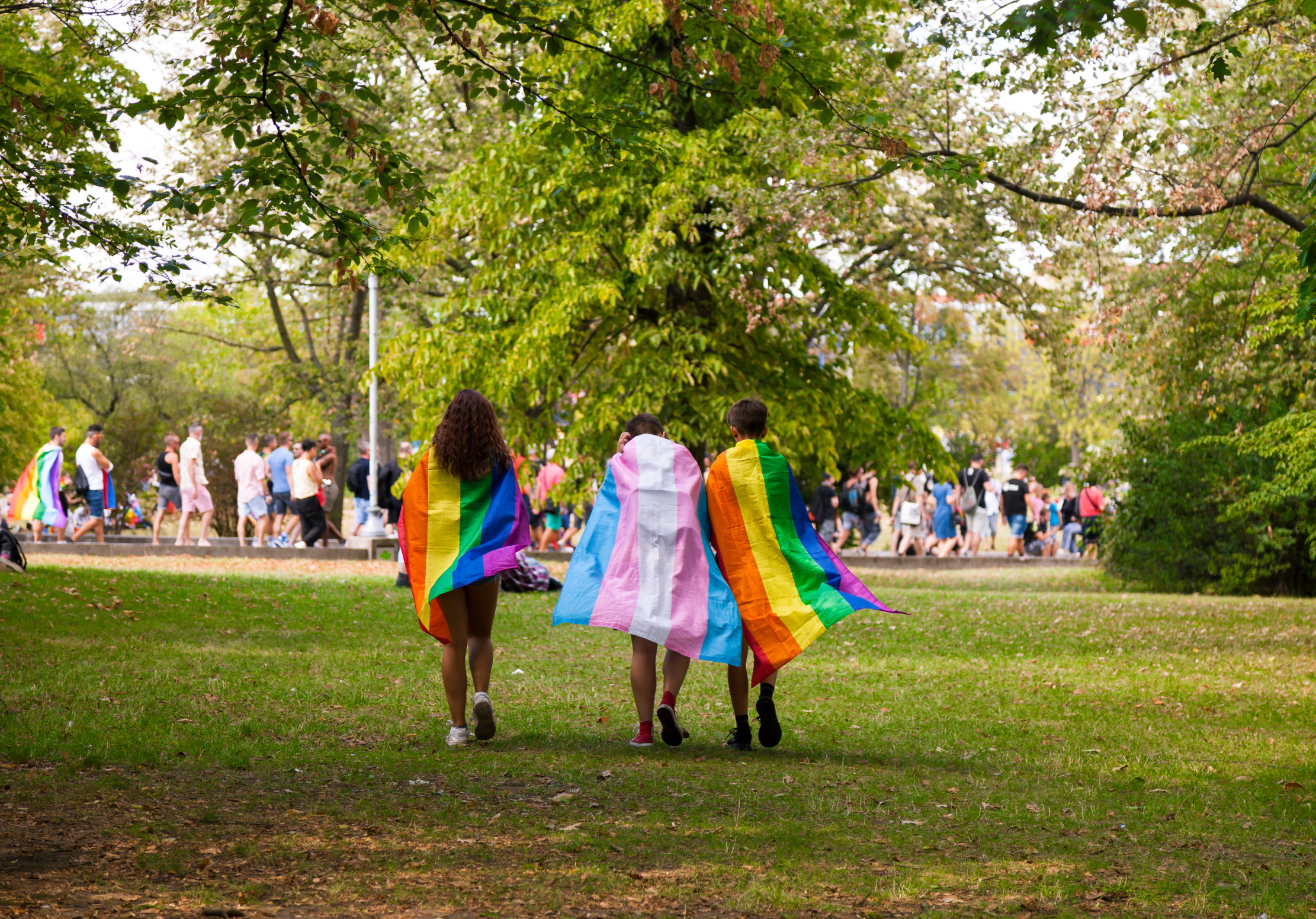The Role of Human Motivation in Achieving Organisational Sustainability – Professor Martina Blašková, University of Žilina
Original Article Reference
This SciPod is a summary of the paper ‘Responsible Decision making for Sustainable Motivation’, from Sustainability, an MDPI journal. https://doi.org/10.3390/su10103393
Share Episode
About this episode
This work is licensed under a Creative Commons Attribution 4.0 International License. 
What does this mean?
Share: You can copy and redistribute the material in any medium
or format
Adapt: You can change, and build upon the material for any
purpose, even commercially.
Credit: You must give appropriate credit, provide a link to the
license, and indicate if changes were made.
Related episodes
Dr. Rhonda Millikin | When Fighting Fire Backfires: How Cutting Trees Can Raise Fire Risk
Across North America, the phrase “fuel management” is used almost as often as “climate change” when people talk about wildfires. The idea is simple: forests burn because they are full of fuel, including trees, shrubs, branches, and dried leaves. If you remove some of that material, you make it harder for a wildfire to spread. Provincial governments, towns, and even ski resorts such as Whistler in British Columbia, Canada have invested millions of dollars in “fuel thinning,” which involves sending crews into the woods to cut down trees and haul away brush. While fuel thinning feels like common sense, Dr. Rhonda Millikin, a scientist based in Whistler, and her colleagues have found that what seems like common sense in one type of forest can be dangerously misleading in another. Their research, recently published in the journal Fire, revealed that in Whistler’s coastal rainforests, dense, wet, and shaded ecosystems, fuel thinning often has the opposite effect of what is intended. Instead of making these forests safer, thinning makes them drier, windier, and hotter: exactly the conditions that help wildfires spread.
Dr. Rafael Lenzi | From Magic Tricks to Spycraft: What Espionage Teaches Us About the Human Mind
When we think of spies and their activities, we imagine trench coats, hidden cameras, and tense exchanges in safehouses. Hollywood has given us the daring adventures of James Bond and Jason Bourne, along with the clever trickery of films such as Argo. But behind the cinematic flair lies a quieter, more subtle reality: espionage often depends less on gadgets, weapons and car chases than on the delicate art of deception, an art rooted in psychology, perception, and human behaviour. This is the world explored by Dr. Rafael Lenzi, in a work developed at the Centre de Recherches Sémiotiques in Limoges, France. His study of Cold War espionage, drawing on declassified CIA manuals and philosophical theories of perception, reveals how deception is not just about tricking the eye, but about shaping the mind. In other words, spying succeeds not when someone fails to see, but when they see exactly what they expect to see, and therefore overlook the trickery in front of them.
Dr. Genny Beemyn – Dr. Abbie Goldberg | Beyond the Binary: A New Generation’s Approach to Gender
In the Autumn of 2022, hopeful college students across the United States clicked through the questions on the Common Application, the digital gateway to more than one thousand colleges and universities. For the first time, alongside their grades, essays, and extracurricular lists, applicants had the chance to provide their gender and pronouns. These questions might seem a small detail, tucked between test scores and teacher recommendations, but their impact is enormous. They mark a turning point in higher education, one where students are able to represent themselves more authentically. Thanks to the work of Dr. Genny Beemyn of the University of Massachusetts Amherst and Dr. Abbie Goldberg of Clark University, we now have the first large-scale glimpse into how a new generation of young people is reshaping society’s understanding of gender.
Tanja Oschatz | Factors that Sustain the Gendered Pleasure Gap: Gendered Media Representations of Sexual Pleasure and Women’s Performance of Sexual Emotional Labor
Despite decades of awareness about gender equality, a persistent pleasure gap remains between women and men in sexual encounters, with women experiencing significantly fewer orgasms and less sexual pleasure. It is important to note that this gender difference exists primarily in contexts where women have sex with men, while women who have sex with women tend to experience more orgasms and sexual pleasure. Since the gendered pleasure gap cannot be explained by biological factors, researchers continue investigating hidden sociocultural forces that perpetuate this inequality. Two complementary studies from Tanja Oschatz at Johannes Gutenberg University and her colleagues reveal previously overlooked contributors to this gap: women’s performance of sexual emotional labor in intimate relationships and biased media representations of sexual pleasure.
Increase the impact of your research
• Good science communication encourages everyday people to be scientifically literate so that they can analyse the integrity and legitimacy of information.
• Good science communication encourages people into STEM-related fields of study and employment.
• Good public science communication fosters a community around research that includes both members of the public, policymakers and scientists.
• In a recent survey, 75% of people suggested they would prefer to listen to an interesting story than read it.

Upload your science paper
Step 2
SciPod script written
Step 3
Voice audio recorded
Step 4
SciPod published




